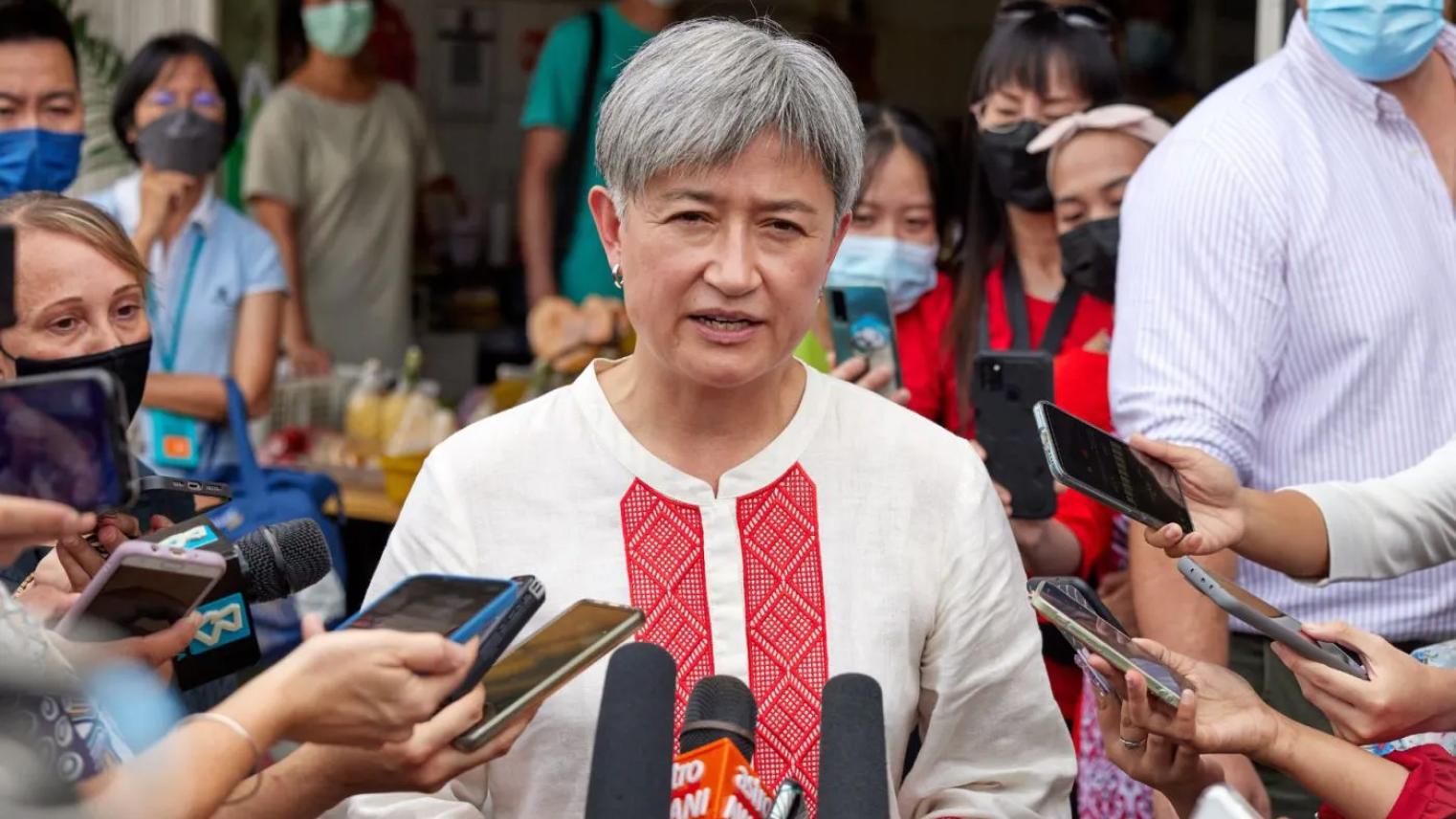Australia’s search for ‘strategic equilibrium’ lies in Southeast Asia

Since becoming Foreign Minister last year, Penny Wong has referred repeatedly to Australia’s search for “a strategic equilibrium”.
Wong and Canberra’s vision is for a regional order where countries are not forced to choose who they make strategic partnerships with but can make their own sovereign choices.
Wong’s recent National Press Club speech more explicitly connected this search for equilibrium to the waning of United States’ (US) hegemony.
The US remains the indispensable power in our region – but “the nature of that indispensability has changed,” Wong said. She went on to warn that we now have a “multipolar region” and “we cannot just leave it to the US”; all countries of the region must use diplomatic, economic and other means “to maintain the region’s balance”.
With the introduction of this language, Southeast Asian observers might be forgiven for thinking that Australia has finally grasped the conundrum the region has faced for more than three decades.
Since the Cold War ended, this sub-region of disparate smaller powers has been constantly exercising the type of agency Wong is now promoting.
So can Southeast Asian’s experience supply any lessons for Australia today? On face value, yes. But like most things security, there are no easy answers.
One major difficulty lies in their radically different strategic starting points, stemming from differences of geography, history and ideology.
For example, Southeast Asian strategists’ post-Cold War choices have been based on three strategic truths long accepted in the sub-region: US power and attention is not guaranteed; China is resurgent as an indigenous Asian power; and the centre of global economic power is shifting eastwards and no longer concentrated in Western developed countries.
While Australian views on each of these factors have shifted in recent years, in Canberra there remains grave resistance to the idea that they are inevitable structural conditions that must be worked with.
The current search for “agency” and “strategic equilibrium” are signs of the gap narrowing.
The best way to understand the ongoing strategic transition in the Indo-Asia-Pacific region is to imagine moving from an architecturally novel house perched upon a single pillar, to a more usual house that rests on multiple stilts of different sizes and functions.
The region is moving away from a security order that was based on the single pillar of US primacy centred on its hub-and-spokes alliance relationships.
To be clear: this does not mean that the US disappears from the landscape. It does mean that it is no longer the region’s only pillar, shelter or policeman.
We don’t know yet what exactly the new order will be, but the upshot of this ongoing transition is greater pluralism – more actors, more factors, and more possibilities.
A wider range of states and transnational actors can affect the regional equilibrium, and security has to be understood more comprehensively, including environmental degradation and pandemics for example.
In this context, self-help is always necessary, and both Australia and Southeast Asia can act creatively.
As Australia joins other regional states in taking on more responsibility, and employing different instruments of national power to provide regional security, how can it ensure that all this activity amounts to something meaningful and in favour of the national interest?
While investing heavily in particular defence capabilities and technologies, Canberra will be looking towards others in the region to take action in complementary ways that support and amplify our goals in this order transition.
Here, Southeast Asia’s strengths include 30 years of experimenting with multiple, non-military channels, including strategic diplomacy, institution- and rule-building, and pursuing comprehensive security, including optimising economic security.
In the process, Southeast Asian countries have elevated their importance as supporter states, and the US and China are now competing to win over.
Ideally, Australia will foster a division of labour with a wider range of partners in the region that makes the most of Southeast Asia’s experience and expertise. But Canberra also needs to know enough about the different imperatives of its diverse regional partners to realise positive gains.
It’s vital that Australia gets this right; otherwise it will be left like a flimsy house teetering on a weakened single pillar on increasingly shaking ground.
Professor Evelyn Goh convened the inaugural ANU Southeast Asia Regional Geopolitical Update, taking place in-person and online at ANU on 1 May 2023.
This piece first appeared at The Canberra Times and featured on ANU Reporter.